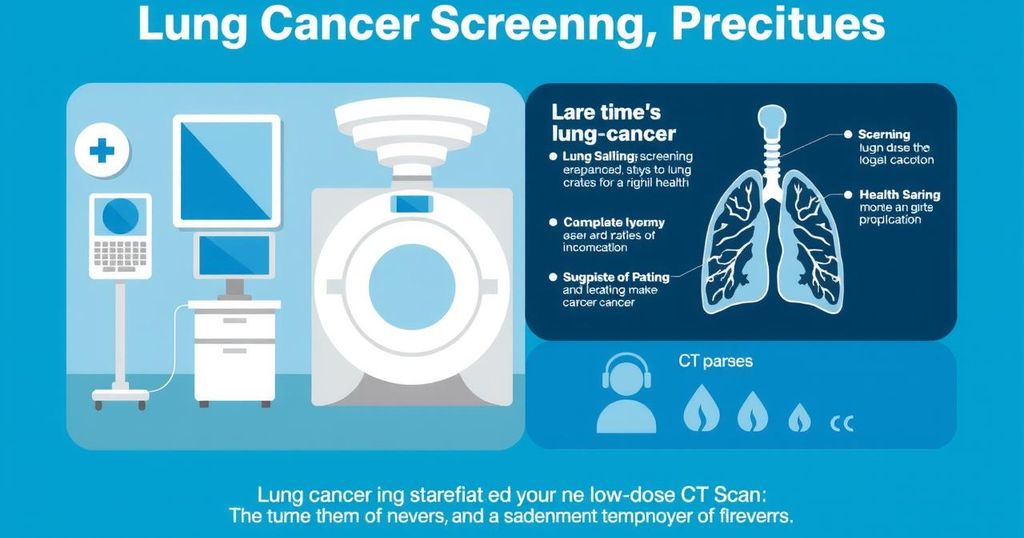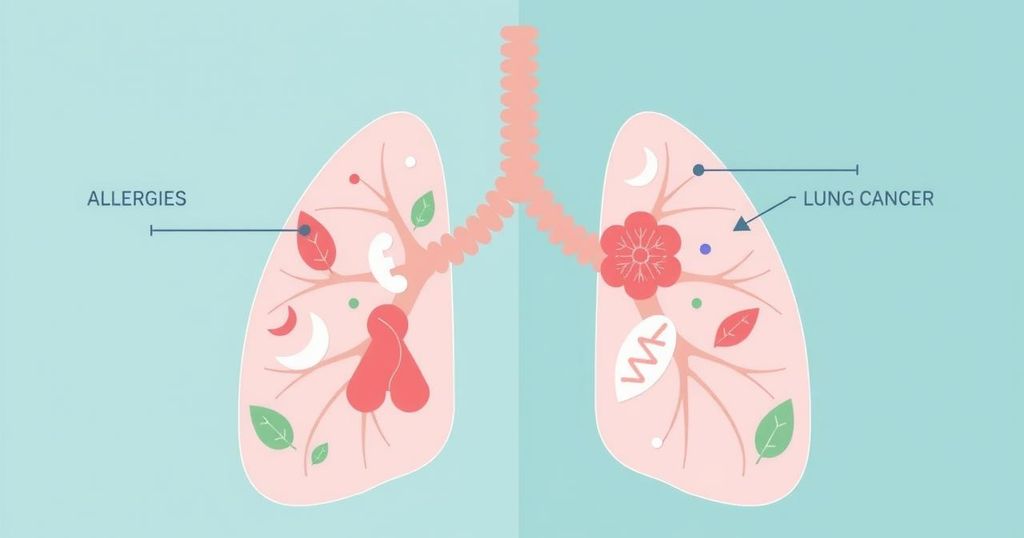Pencegahan Kanker
Penelitian
AMA, AMA HEALTH SYSTEM, AMA HEALTH SYSTEM PROGRAM, AMERICAN COLLEGE OF PHYSICIANS, ARKANSAS, CANCER PREVENTION, CHICAGO, CHRISTOPHER SEDER, HEALTH, HPV VACCINE, LITTLE ROCK, MEDICAID, MEDICARE, MEDICINE, NORTH AMERICA, OMAR ATIQ, PRECISION MEDICINE, RESEARCH, RUSH UNIVERSITY SYSTEM FOR HEALTH, SEDER, SURGERY, U. S, UNITED STATES
Aiden Caldwell
0 Comments
Apa yang Diharapkan Dokter dari Pasien Mengenai Skrining Kanker Paru
- Lung cancer causes 160,000 deaths annually in the U.S.
- Only 30% of lung cancer is diagnosed early.
- Evidence-based screenings can potentially prevent 20% of lung cancer deaths.
- The AMA recommends low-dose CT scans for high-risk patients.
- Understanding risk factors, including smoking, is essential for prevention.
The Alarming Reality of Lung Cancer Statistics
Lung cancer is a major health crisis, causing around 160,000 deaths annually in the U.S. alone, which far outpaces the toll from the next three most common types of cancer combined. Doctors point out that early diagnosis is a rarity; just about 30% of lung cancer cases are detected in their earlier, more treatable stages. Evidence suggests that proactive screenings can prevent around 20% of lung cancer deaths, underscoring the importance of regular health checks for high-risk patients.
AMA Emphasizes Screening Importance for Lung Cancer
The American Medical Association (AMA) has adamantly pushed for lung cancer screening to be a standard part of care, with recommendations for coverage of low-dose CT scans for high-risk individuals by Medicare and private insurers. This initiative is set to elevate awareness around the need for lung cancer screening, especially among those at greater risk. Dr. Omar Atiq, a medical oncologist, and Dr. Christopher Seder, a thoracic surgeon, shared crucial insights on this issue to help patients understand the screening processes.
Understanding Causes and Risk Factors for Lung Cancer
Understanding lung cancer is crucial—it primarily comes in two forms: small cell lung cancer and non-small cell lung cancer, with the latter being the most common. Smoking remains the primary risk factor, accounting for about 80% of lung cancer cases, though there could be other potential environmental and genetic causes at play. For example, exposure to heavy metals and air pollution may also increase risks, but these are less defined compared to smoking. While some newer factors like e-cigarettes and cannabis are under investigation, the connection is still unclear and requires further study. Dr. Atiq stresses that proper prevention should involve reducing exposure to these known carcinogens as well as early screening when necessary.
In summary, lung cancer screening is not just a medical procedure; it’s a critical step in fighting a deadly disease that affects thousands of lives each year. With significant advancements in screening technology and an increased understanding of lung cancer, doctors are hopeful that more lives can be saved. Individuals who are at risk must take proactive steps, talking to their healthcare providers about screening options and the importance of quitting smoking, while also being aware of environmental risks.




Post Comment